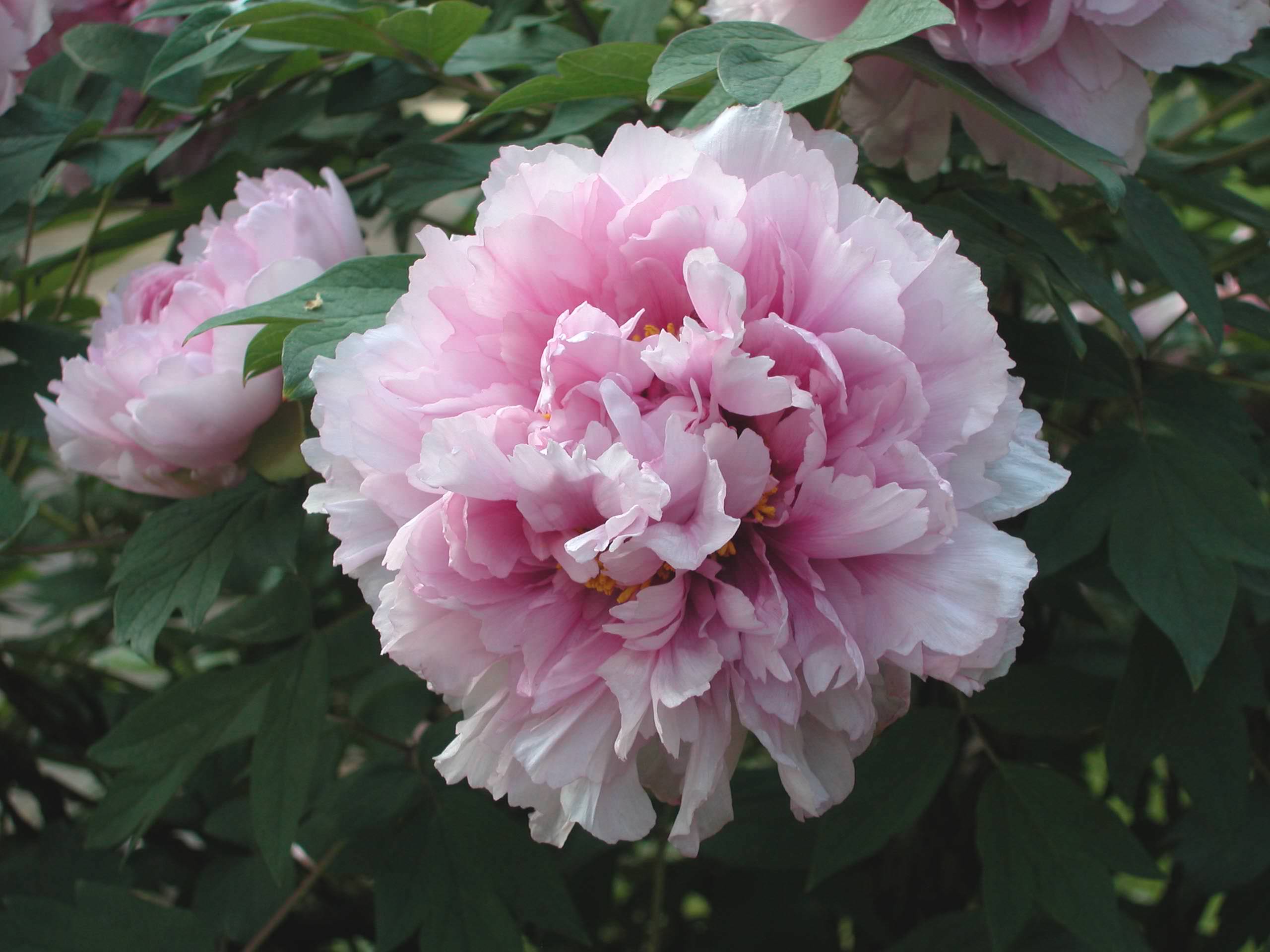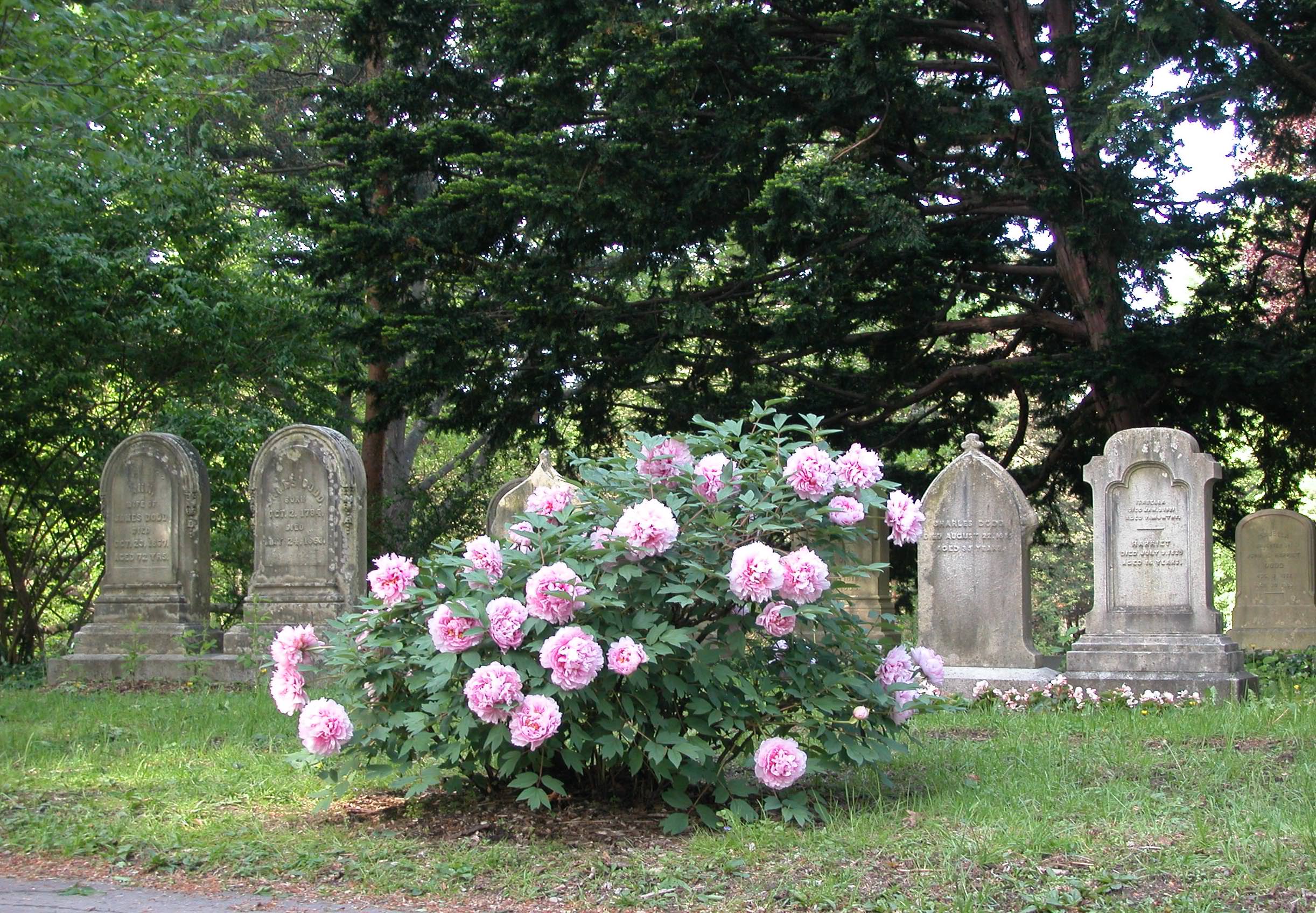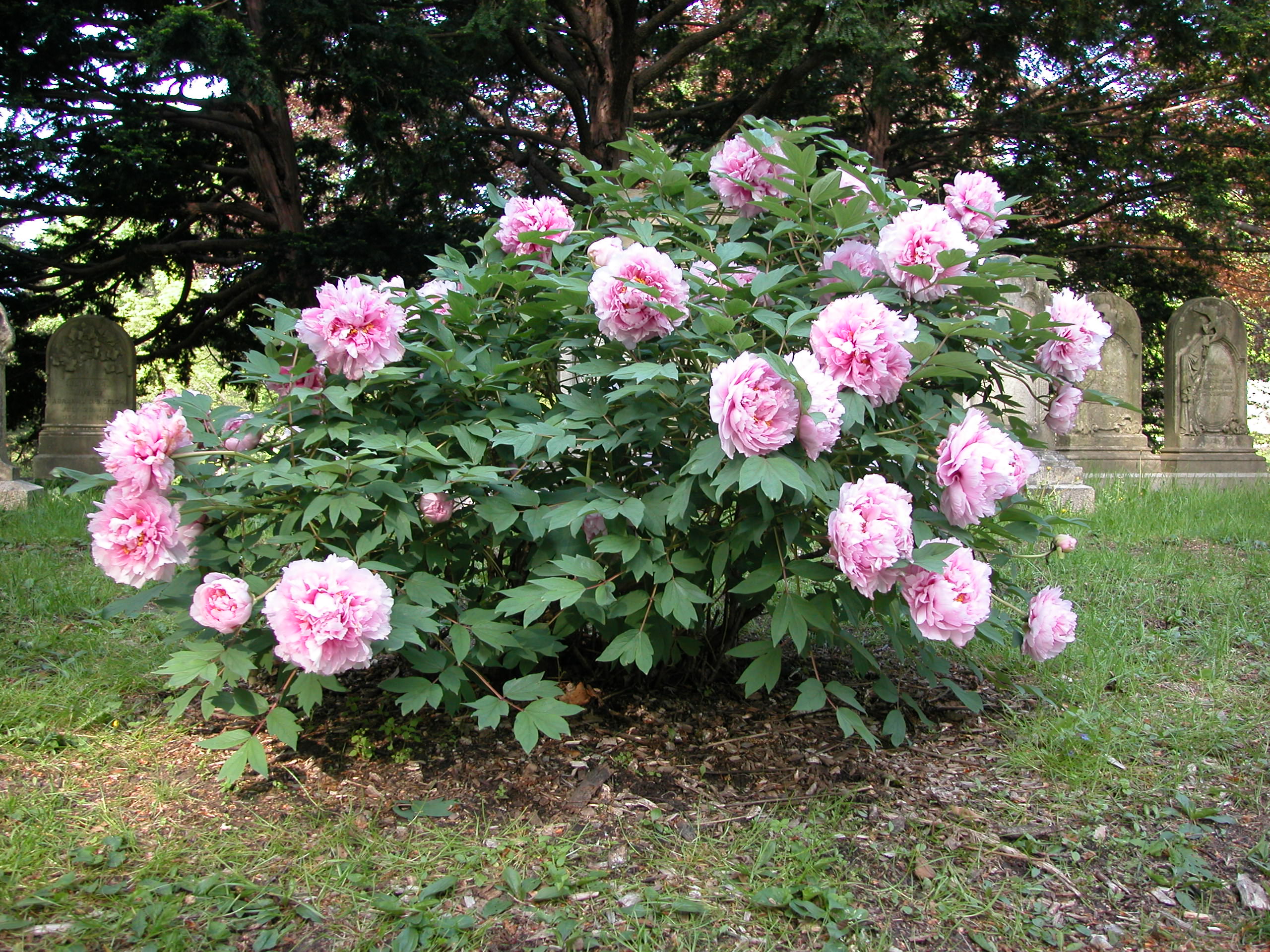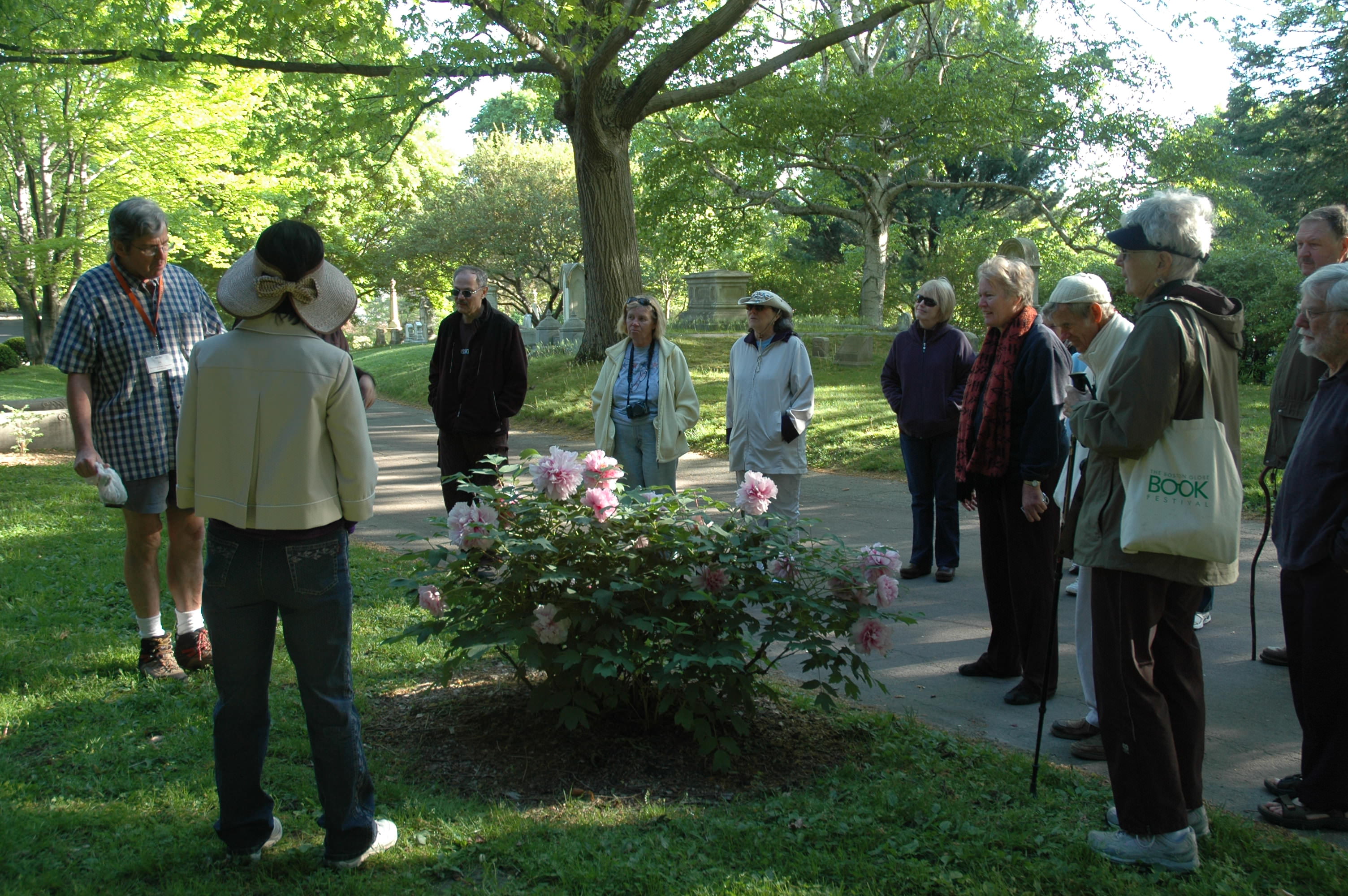Tree Peony, Paeonia suffruticosa
Jim Gorman April 23, 2024 Plants & Wildlife

One of our most sumptuous, and extravagantly desired, flowering shrubs is the tree peony, Paeonia suffruticosa. (There is also a relative, the herbaceous peony, Paeonia lactiflora, but we shall not discuss those in this article) Not trees at all, these long-lived, woody, shrubs attain a height of only three-to five-feet tall, but they are beautiful, and captivating in blossom. All of these small shrubs originated in China, Tibet or Bhutan, on forested mountains, but from the 8th century on, have also been extensively cultivated in Japan.
It is the robust, fragrant, flowers though, 6 to 10 inches across, that that have made them such universal favorites. It has long been regarded as “the king of flowers”, in China, and in 1994 was officially designated the Chinese national flower. Peter Valder in his 1999 book The Garden Plants of China postulates, “Probably no flower in China has ever surpassed the tree peony in winning and holding public esteem. It is looked upon as the flower of the yang principle, that of brightness and masculinity, as well as the emblem of love, affection, and feminine beauty… one of the most frequently depicted subjects in Chinese painting”…Valder further recounts that by the 8th century they were “being grown by all classes of people”, …and… “a situation arose not unlike tulipomania of 17th century Holland, enormous prices being asked and obtained for the newest and finest varieties.”
Supposedly, Marco Polo (1254-1324) upon seeing these fabulous plants in bloom, reported that the Chinese had roses as large as cabbages. Later, in the 1650’s, a delegate from the Dutch East India Company, also misleadingly described them as thornless roses, but twice as large. These blossoms range in color from bold to pastel: purest white, pink, red, purple, lavender, and yellow; there is even a rare green. The flowers may be single, semi-double, or fully double. One additional early Chinese interest in these plants was the production of mudan wine, a sweet liqueur, produced from the fermented petals. There persists a mistaken myth, that ants are responsible for the opening of the peony’s blossoms. These flowers open when the time is right, ant or no ant.
The first recorded introduction of these plants into Western horticulture in 1789, is credited to Sir Joseph Banks (1743-1820), botanist, patron of natural science, and then Director of the Royal Botanic Garden at Kew, in England. Later, in the 1850’s, noted Scottish, plant-collector Robert Fortune (1812-1880), while collecting tree peonies in China saw extensive plantings, and described one superlative specimen, on the outskirts of Shanghai, which produced 300-400 flowers annually. For much of the twentieth-century, due to Chinese trade restrictions, access to cultivated varieties of the tree peony was largely dependent on Japanese nurseries. As mentioned above, the Japanese have been lovingly growing tree peonies for over a thousand years, and likewise have inculcated this plant into their cultural art and literature. One example is from Matsuo Basho (1644-1694), the most famous poet of the Edo period, “Having sucked deep / In a sweet tree peony / A bee creeps / out of its hairy recesses.”
Hail bounteous May that dost inspire
John Milton
mirth and youth and warm desire!





Comments